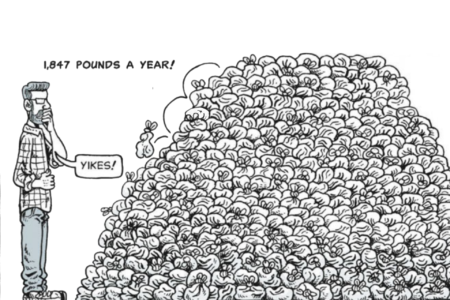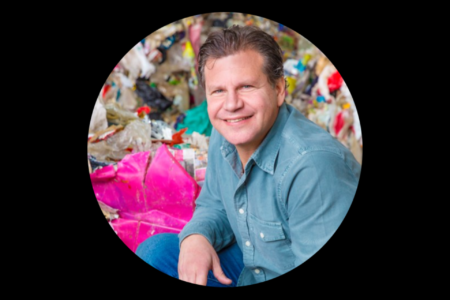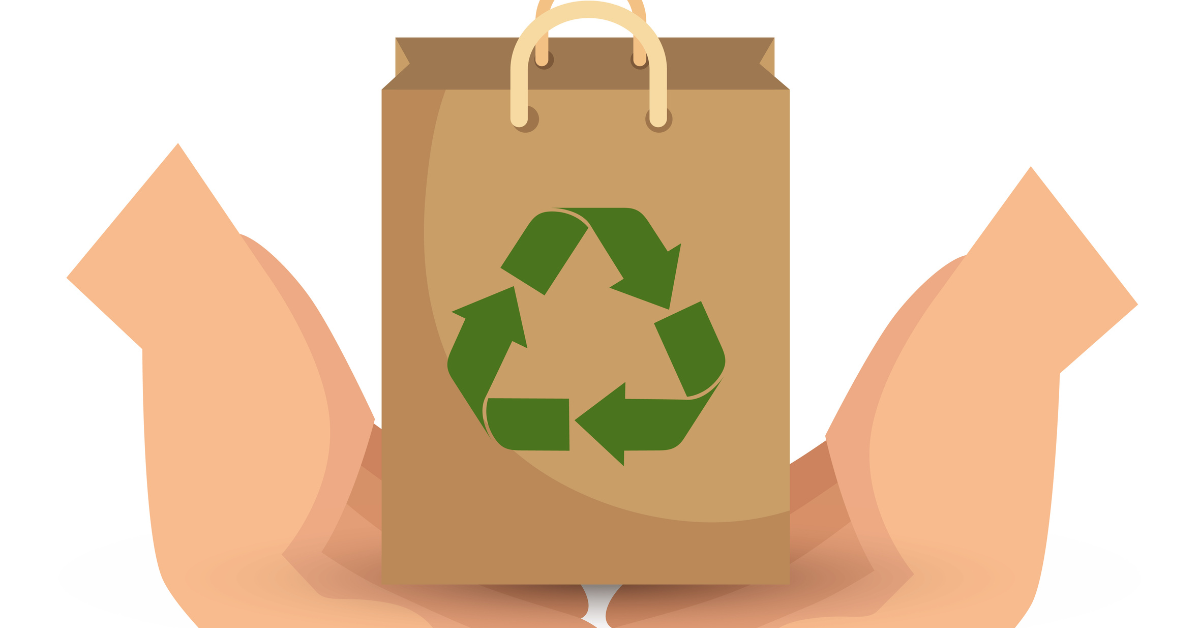
Introduction
In today’s world, the concept of sustainable packaging has gained significant importance. As concerns about the environment continue to rise, it has become crucial to address the issue of waste generated from packaging. Sustainable packaging focuses on minimizing the environmental impact of packaging materials and reducing waste throughout the entire lifecycle of a product. This article will explore the various aspects of sustainable packaging and its relevance in promoting a greener and more sustainable future.
Historical Background
The history of packaging is closely intertwined with the rise of unsustainable practices. In the past, packaging materials were often designed for single-use and ended up in landfills, contributing to the growing waste problem. However, there has been a growing awareness about the environmental consequences of such practices in recent years. Efforts towards sustainable packaging have gained momentum, with businesses and consumers alike recognizing the need for more responsible packaging solutions.
Key Concepts and Definitions
Sustainable packaging can be defined as packaging that has a reduced environmental impact and promotes the efficient use of resources. It is designed to be environmentally friendly throughout its lifecycle, from raw material sourcing to disposal or recycling. Waste, in the context of packaging, refers to any material that is discarded after the product is consumed or used. This waste poses a significant environmental challenge, as it often ends up in landfills or contributes to pollution.
Recyclability, compostability, and biodegradability are key terms associated with sustainable packaging. Recyclability refers to the ability of packaging materials to be recycled and transformed into new products. Compostability refers to packaging materials that can be broken down into compost, which can then be used as a nutrient-rich soil amendment. Biodegradability refers to the ability of materials to break down naturally over time, with the help of microorganisms, into harmless substances.
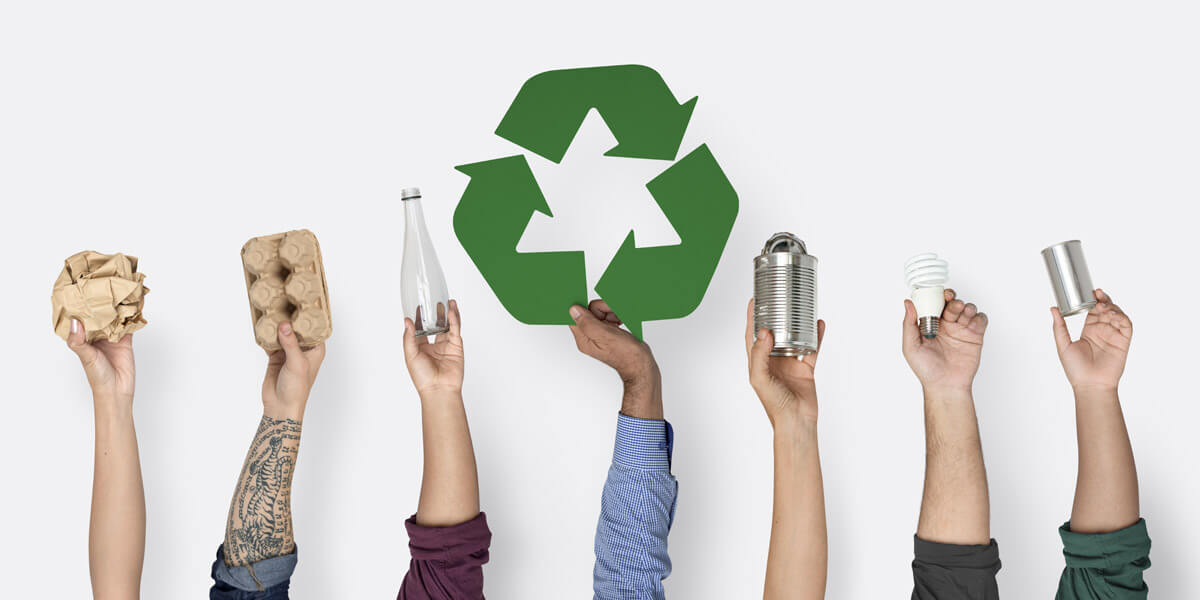
Main Discussion Points
Sustainable Packaging Materials
Using renewable and recyclable materials is essential in sustainable packaging. By opting for materials like bioplastics and paper-based alternatives, the environmental impact of packaging can be significantly reduced. Bioplastics, for example, are made from renewable resources such as corn starch or sugarcane and can be composted or recycled. Paper-based alternatives, on the other hand, come from sustainably managed forests and are recyclable.
Design for Sustainability
The design of packaging plays a crucial role in reducing waste. Strategies like lightweighting, right-sizing, and minimalistic design can help minimize the amount of material used, leading to a decrease in waste generation. Lightweighting focuses on reducing the weight of packaging while still maintaining its functionality. Right-sizing involves designing packaging to perfectly fit the product, eliminating unnecessary space. Minimalistic design promotes simplicity and reduces the use of excessive materials.
Extended Producer Responsibility (EPR)
Extended Producer Responsibility (EPR) is a concept that holds manufacturers responsible for the entire lifecycle of their products, including their packaging. By implementing EPR programs, manufacturers are encouraged to design packaging that is easier to recycle or dispose of responsibly. Successful EPR programs have been implemented in various countries, leading to a significant reduction in packaging waste and increased recycling rates.
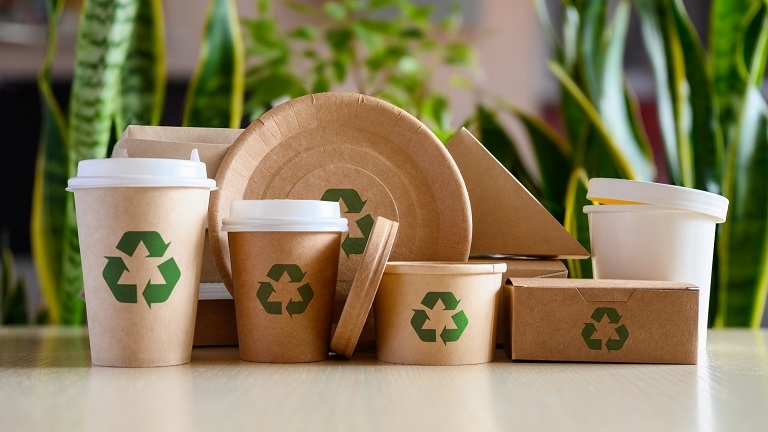
Case Studies or Examples
Companies like Patagonia and Loop have successfully implemented sustainable packaging initiatives. Patagonia, a clothing company, offers a “Worn Wear” program where customers can return used garments for repair or recycling. Loop, a shopping platform, offers reusable packaging for various household products, eliminating the need for single-use packaging. These initiatives have not only reduced waste but have also improved the environmental outcomes associated with packaging.
Current Trends or Developments
Various industries are adopting sustainable packaging solutions to reduce their environmental footprint. For example, the food and beverage industry is increasingly using compostable packaging materials for takeaway containers and coffee cups. Research findings also indicate that sustainable packaging can significantly contribute to waste reduction. Studies have shown that sustainable packaging solutions can reduce the amount of waste generated, leading to a more sustainable future.
Challenges or Controversies
Implementing sustainable packaging solutions is not without challenges. One major challenge is the lack of infrastructure for recycling certain packaging materials, especially in developing countries. Additionally, there may be differing viewpoints on the effectiveness of sustainable packaging, with some arguing that it may not be economically feasible for all businesses. Addressing these challenges and understanding potential controversies is crucial for the successful implementation of sustainable packaging initiatives.
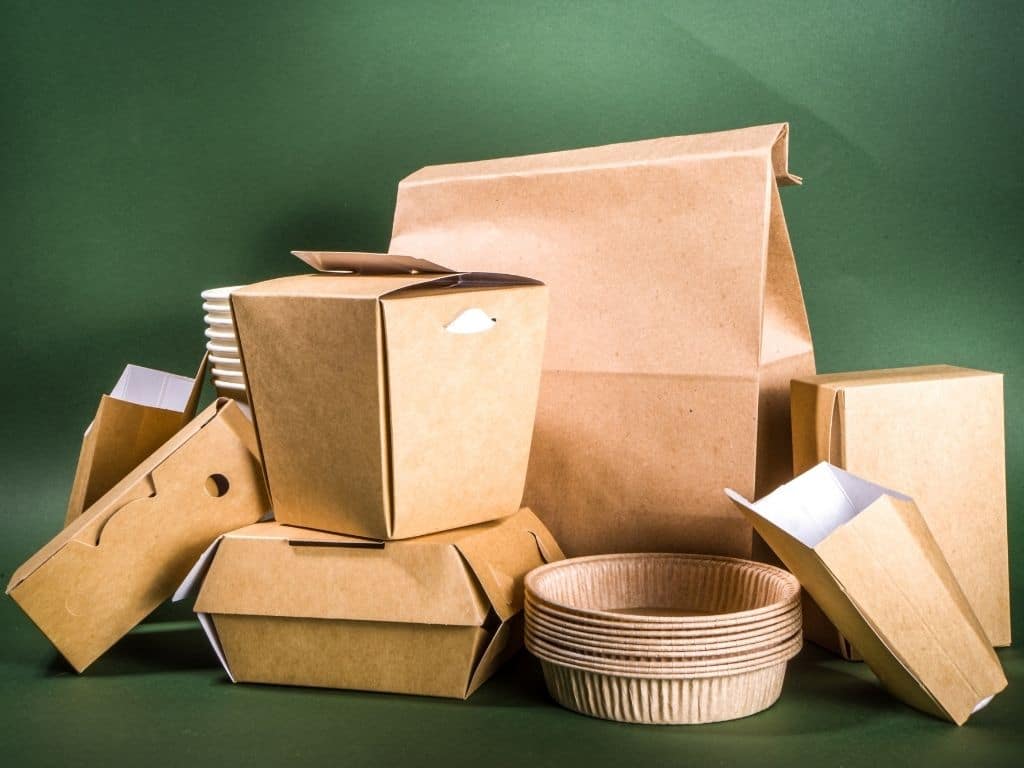
Future Outlook
The future of sustainable packaging holds promising implications for waste reduction and environmental sustainability. As technology continues to advance, new innovations in sustainable packaging are emerging. For example, advancements in biodegradable materials and packaging alternatives made from agricultural waste are being explored. These innovations have the potential to revolutionize packaging practices and create a more sustainable future.
Conclusion
Sustainable packaging is vital for reducing waste and protecting the environment. By using renewable and recyclable materials, designing packaging with a focus on waste reduction, implementing Extended Producer Responsibility programs, and adopting innovative solutions, businesses can make significant progress in minimizing their environmental impact. The future of sustainable packaging holds great potential for waste reduction and improving the overall sustainability of our planet.
References:
- Sustainable Packaging Coalition. (2021). Definition of Sustainable Packaging.
- Grand View Research. (2021). Sustainable Packaging Market Size, Share & Trends Analysis Report.



